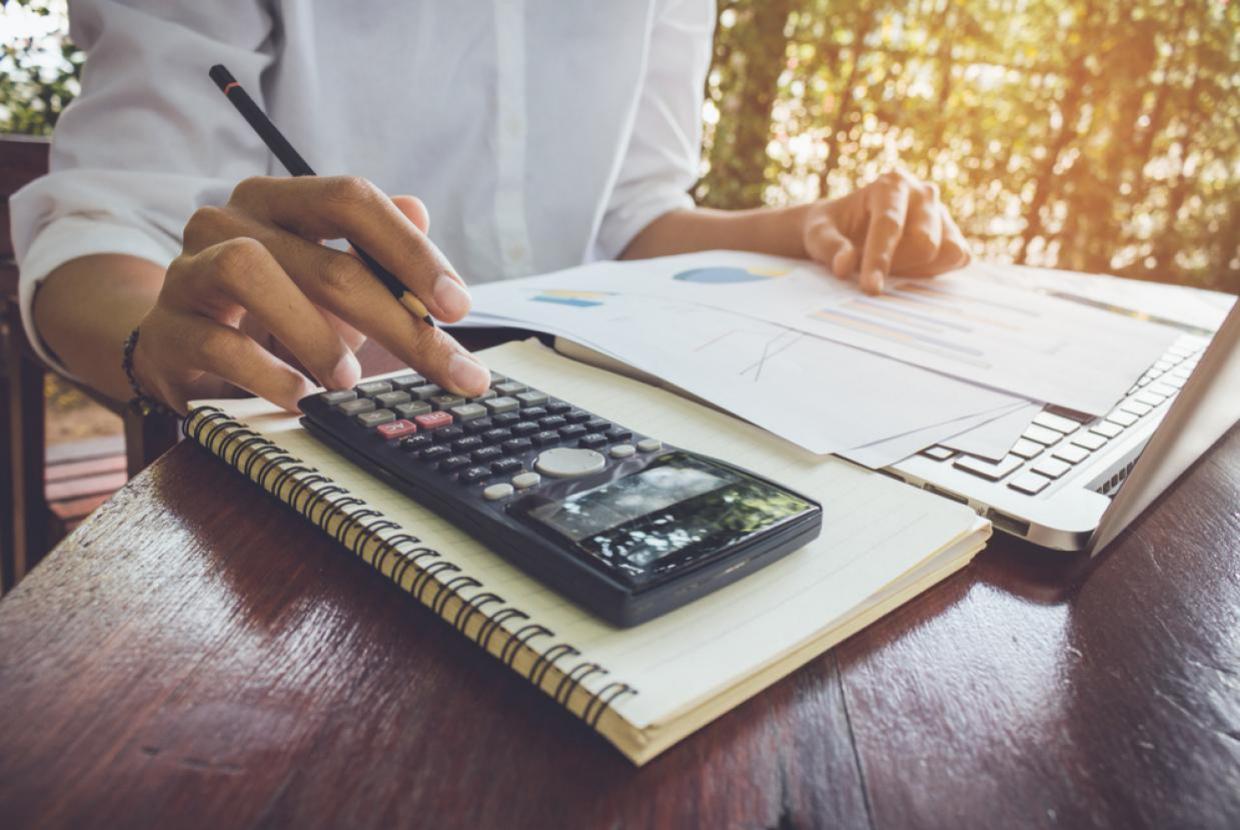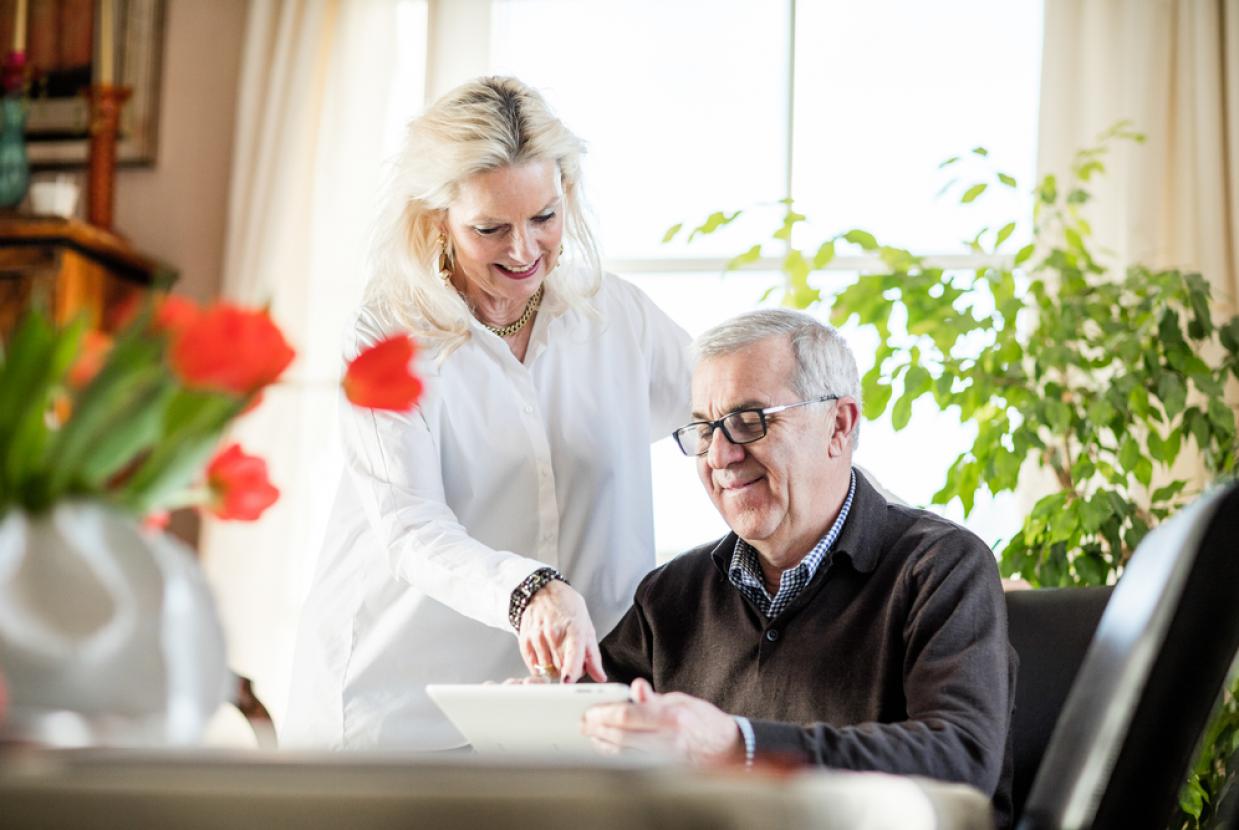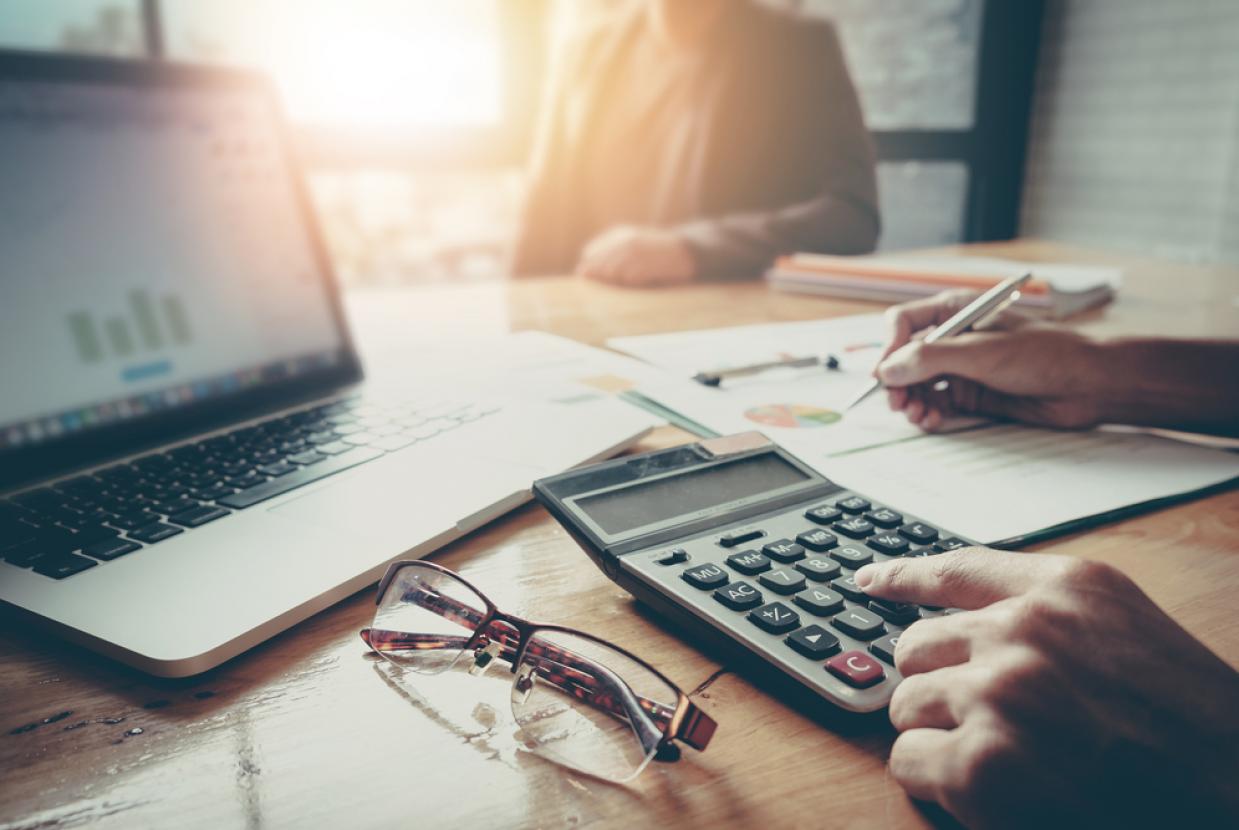What Is Flexible Retirement Income?
Pensions and RetirementFlexible retirement income is often referred to as pension drawdown, or flexi-access drawdown and is a way of taking money out of your pension pot to live on in retirement. It can give you more flexibility over how and when you receive your pension. You can usually take up to 25% of the pot as a tax-free lump sum (within the tax-free allowances). The rest of the pot remains invested, giving it the potential for investment growth. You can then decide if you want a regular income, or amounts as and when you need them. The value of your invested pot can go down as well as up, which means the income isn’t guaranteed and you could run out of money.
How pension drawdown works - Pension drawdown rules
You might be able to set up a drawdown arrangement with your current provider, or you might need to transfer to a new provider in order to use your pension pot flexibly. Even if your current provider offers this option, you should still shop around other providers to make sure that you’re making the most of your pension money.
Before you transfer, check you won’t lose any valuable guarantees or have to pay charges. You can usually choose to take up to 25% of your pension pot as a tax-free lump sum when you move some or all your pension pot into drawdown.
The amounts you withdraw after taking your 25% tax-free lump sum will be taxable as earnings in the tax year you take them. You’ll have to decide where to invest the 75% of your pension pot you move into drawdown.
You should choose funds that match your planned withdrawals and attitude to risk. It’s important to think about your investment choices and when you might want to make withdrawals. Remember, this income isn’t guaranteed as investments can go down as well as up. If you take out too much money too soon you could run out of money.
You can also move your pension pot gradually into income drawdown. You can take up to 25% of each amount you move from your pot tax-free and place the rest into pension drawdown. This is sometimes called phased or partial drawdown.
Changing your mind
You can at any time use all or part of the money in your pension drawdown pot to buy a guaranteed income (an annuity) or other type of retirement income product that might meet your needs.
What’s available in the market will vary at any given time. So you might want to discuss your options with a financial adviser or book a Pension Wise appointment.
How much income to take
You need to carefully plan how much income you can afford to take under pension drawdown, otherwise there’s a risk you’ll run out of money. This could happen if:
- you live longer than you’ve planned for
- you take out too much too soon
- your investments don’t perform as well as you expect, and you don’t adjust the amount you take accordingly.
How to invest your pension pot
If you choose pension drawdown, you’ll need to decide how to invest your pension pot. And it’s important to regularly review your investments.
Your provider will ask how you want to invest your remaining pot when you move into pension drawdown. You will either need to choose your own investments that match your attitude to risk and objectives for your money. Alternatively, some providers will offer you a choice from simple ready-made investment options which are linked to your retirement plans. These are called investment pathways. They can simplify the decision of how to invest your remaining pension pot after you’ve taken your tax-free lump sum.
You could also use a financial adviser to help you choose. As with all investments, the value of your pot can go up or down.
Shopping around
Deciding whether pension drawdown is the right option for you is complicated. Not all pension schemes or providers offer pension drawdown. Even if yours does, it’s important to compare what else is on the market. This is because charges, the choice of funds, the support and flexibility they offer might vary from one provider to another.
Comparing products yourself can be difficult unless you’re an experienced investor. If you’re looking for products that offer simple ready-made investment options, you can use our investment pathways comparison tool to help you shop around.
Or you might want to use a regulated financial adviser. Advisers will review your needs and circumstances and recommend the best way to use your pensions. This will include which products to use and how much income to take and when.
Do you pay income tax on pension drawdown?
Any money you take from your pension drawdown pot above the tax-free lump sum will be taxed as earnings in the tax year you take it.
For example, you have a pot of £80,000 and take a tax-free lump sum of £20,000. This leaves you with £60,000 to invest. If you take an income of £3,000 a year from your pension pot and are a basic rate taxpayer, you’ll pay 20% tax and so you’ll get £2,400.
Be aware that if you make large withdrawals, they could push you into a higher tax band. You might be able to reduce the amount of tax you pay by spreading payments and/or moving your money into drawdown over a number of tax years.
If you take a lump sum instead of a regular income, your provider might deduct emergency tax from your payments.
Previously, if the value of your pension savings exceeded £1,073,100, a lifetime allowance charge might apply on any excess. For tax year 2024/25, this is being replaced with the lump sum allowance and lump sum and death benefit allowance.
Your other retirement income options
Income drawdown is just one of several options available to you for taking your pension. For an overview of all your options, book a Pension Wise appointment - click here.









































